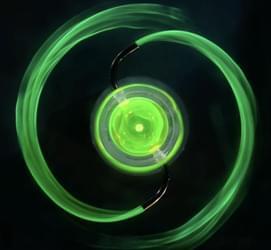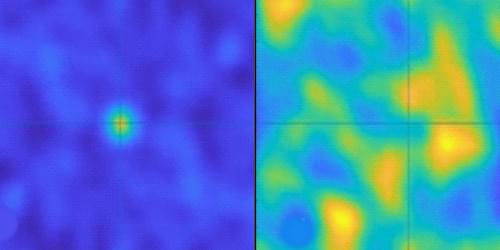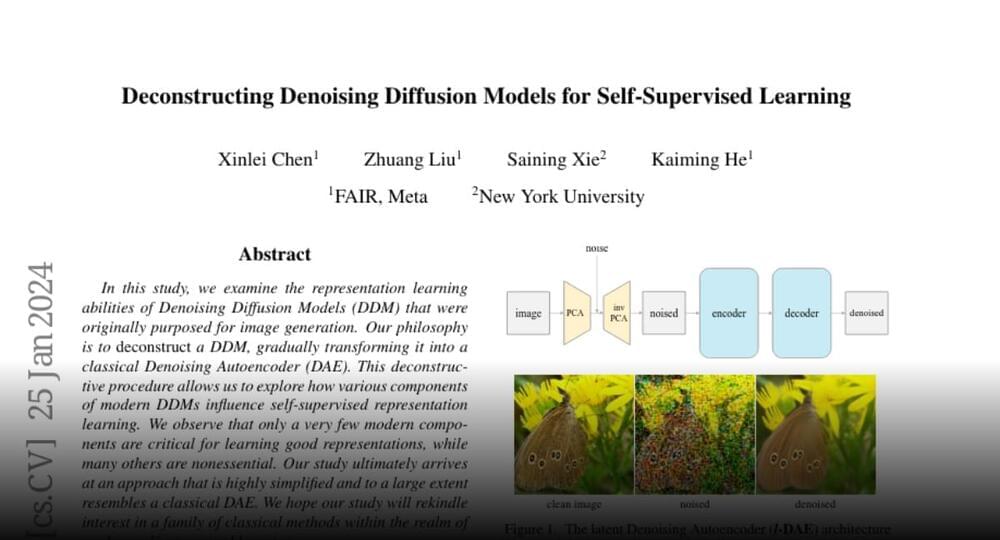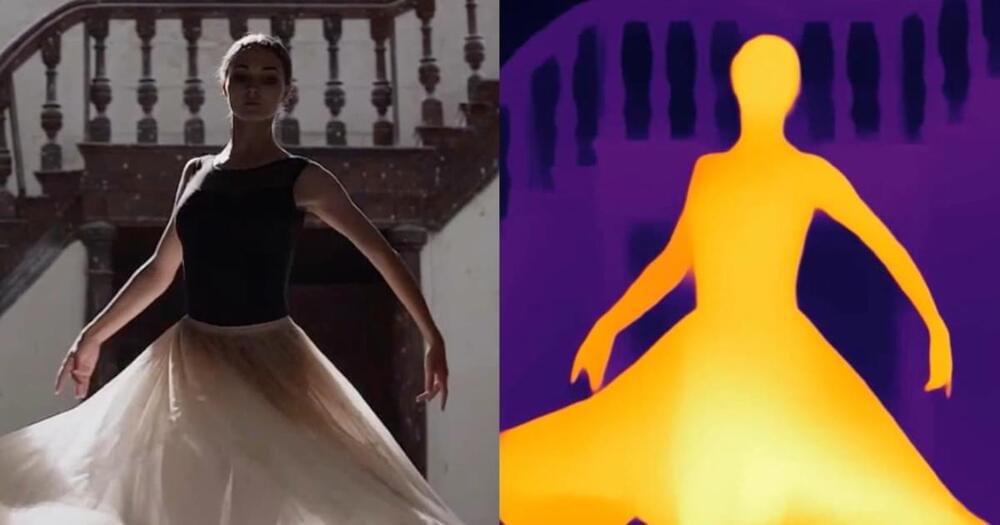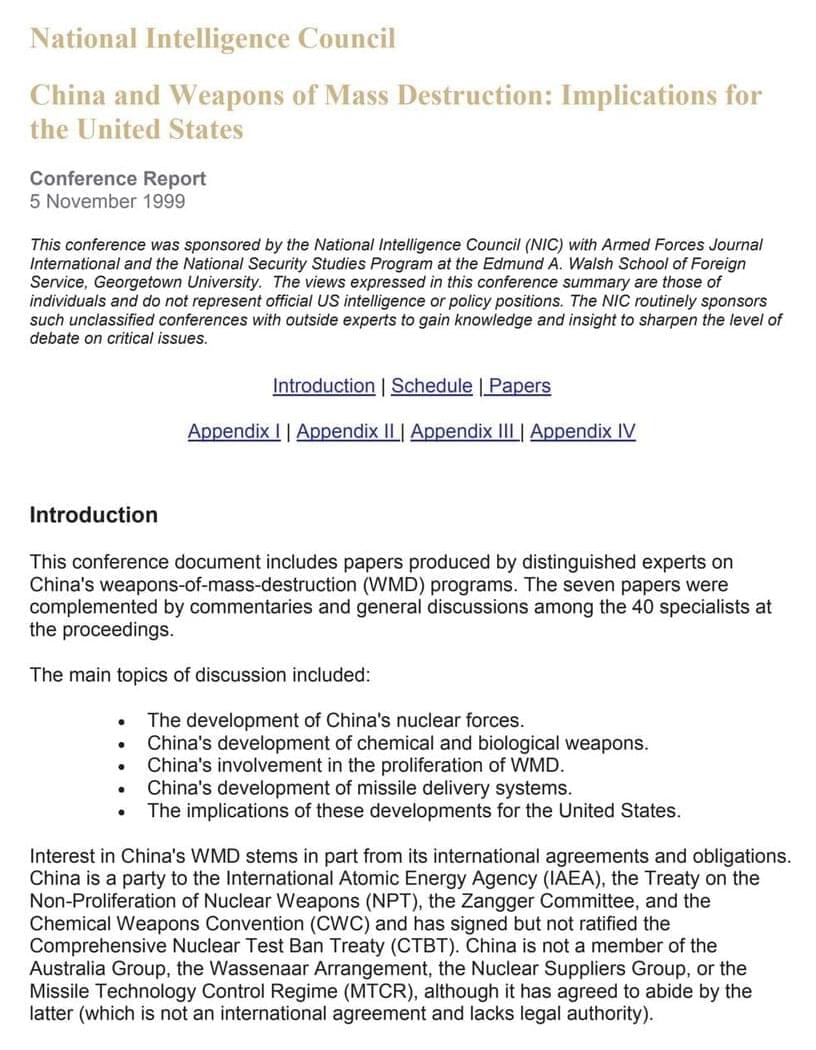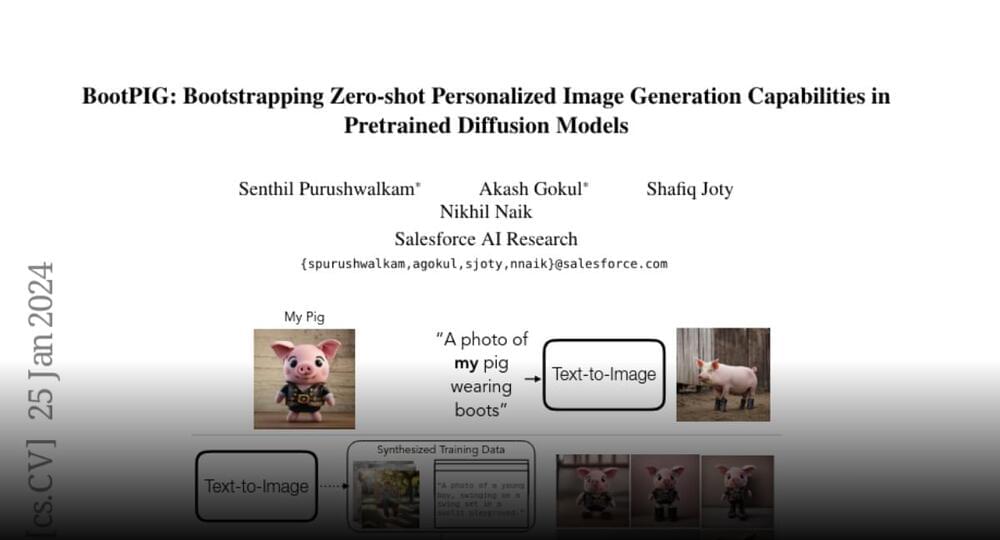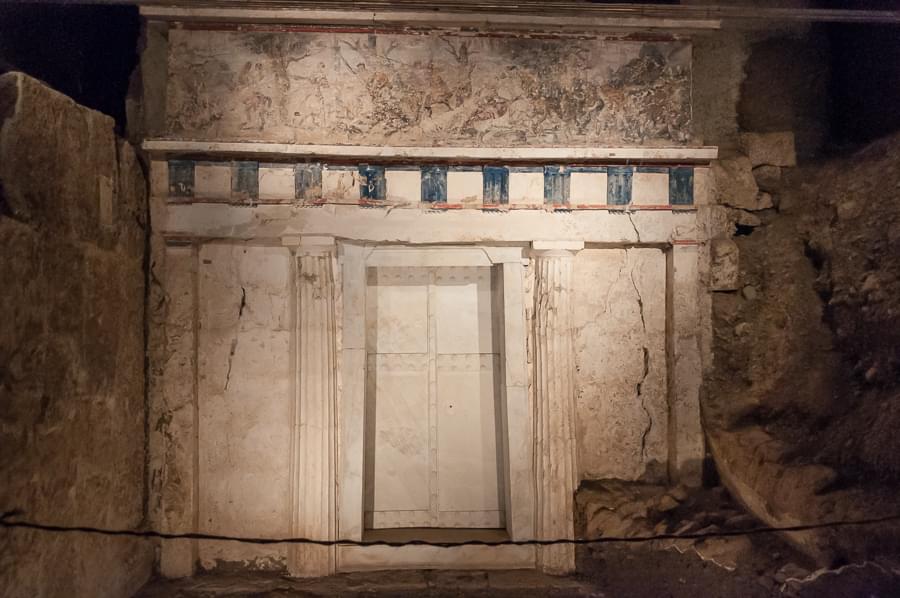Archive for the ‘futurism’ category: Page 161
Jan 27, 2024
Feynman’s Reversed Sprinkler Puzzle Solved
Posted by Saúl Morales Rodriguéz in category: futurism
Which direction would an S-shaped lawn sprinkler rotate if it were submerged and the flow were reversed? Experiments now provide a definitive answer.
Physicist Richard Feynman wondered what would happen if an S-shaped lawn sprinkler, which rotates as water squirts out, were placed underwater and had its flow direction reversed, so that it sucked water in. Which direction would it rotate? Experiments have given conflicting answers, but now researchers have provided what appears to be a definitive resolution [1]. When sucking water in, the sprinkler reverses its rotational direction, and the motion is unsteady and much slower. The explanation involves the details of fluid flow in the sprinkler geometry.
“The answer is perfectly clear at first sight,” wrote Feynman about this puzzle in his 1985 book, Surely You’re Joking, Mr. Feynman. “The trouble was, some guy would think it was perfectly clear [that the rotation would be] one way, and another guy would think it was perfectly clear the other way.” Since then, some experiments have shown steady reverse rotation [2, 3], some showed only transient rotation [4– 6], and some situations led to unsteady rotation that changed direction [3] or proceeded in a direction that depended on the experimental geometry [4– 6].
Jan 27, 2024
Watching Defects Melt in a Crystal
Posted by Saúl Morales Rodriguéz in category: futurism
Theorists predict that the melting of a crystalline solid happens in three stages. First, a liquid film forms on the surface. Second, defects between neighboring crystallites fluidize, causing the crystal to lose its rigidity. And third, the remaining solid parts liquefy. Researchers have observed the first and third stages of this melting process but not, until now, the second. By measuring how laser light scatters off heated crystalline tin samples, Emil Polturak and Steve Lipson of Technion–Israel Institute of Technology have detected changes in the samples’ shape that they show correspond to the melting of defects known as grain boundaries [1]. The study provides an optical tool for examining melting stages in metallic crystals.
For their demonstration, Polturak and Lipson placed a 1-mm-thick tin sample inside a sealed chamber and directed a green laser beam at its surface. They then heated the sample from 175 o C to 232 o C—the bulk melting point of tin—while taking snapshots of the light that scattered off the sample’s surface. The duo then used these snapshots to search for changes in the profile of the surface as the sample melted.
Up to 224 o C, pairs of sequential images were close to identical. This correlation decreased by nearly 50% at 225 o C—the temperature predicted for the onset of grain-boundary melting in tin. Polturak and Lipson say that once boundaries become fluid, grains can reorient themselves to change the sample’s volume and shape, which can impact its surface profile. Being able to observe and distinguish the three stages of melting could improve models of melting—a phenomenon that, despite its ubiquity, Polturak and Lipson say remains a “work in progress” in terms of understanding.
Jan 27, 2024
Protein Folding Can Be Surprisingly Slow
Posted by Saúl Morales Rodriguéz in category: futurism
Researchers have used nuclear magnetic resonance to observe a previously unseen intermediate state in which the protein lingers for an unexpectedly long time.
Jan 26, 2024
Deconstructing Denoising Diffusion Models for Self-Supervised Learning
Posted by Cecile G. Tamura in category: futurism
Jan 26, 2024
New Depth Estimation Method Will Make Video Editing Easier
Posted by Saúl Morales Rodriguéz in category: futurism
Depth Anything is a collaborative work from TikTok, The University of Hong Kong, and Zhejiang Lab.
Jan 26, 2024
Cleaning Water Naturally the Ancient Maya Way
Posted by Quinn Sena in category: futurism
The ancestral Maya lived in better harmony with the environment and kept water clean naturally. We can learn from them.
Jan 26, 2024
Paper page — BootPIG: Bootstrapping Zero-shot Personalized Image Generation Capabilities in Pretrained Diffusion Models
Posted by Cecile G. Tamura in category: futurism
Jan 26, 2024
The identities of the occupants of the unspoiled 4th-century BCE Royal Tombs at Vergina in northern Greece have been identified
Posted by Genevieve Klien in category: futurism
The burials contain the remains of Alexander’s father, stepmother, half-siblings, and son, along with armor and other items belonging to the man himself.
While there is never been any doubt that the human skeletal remains found in Royal Tombs I, II, and III belong to close relatives of Alexander, scholars have spent almost half a century bickering over who exactly lies within each grave.
The researchers examined the skeletal elements with the aid of macrophotography, radiographs, and anatomical dissection. The study authors combined osteological analyses, macro photography, X-rays, and anatomical dissections of the ancient remains with historical sources from the ancient past.

